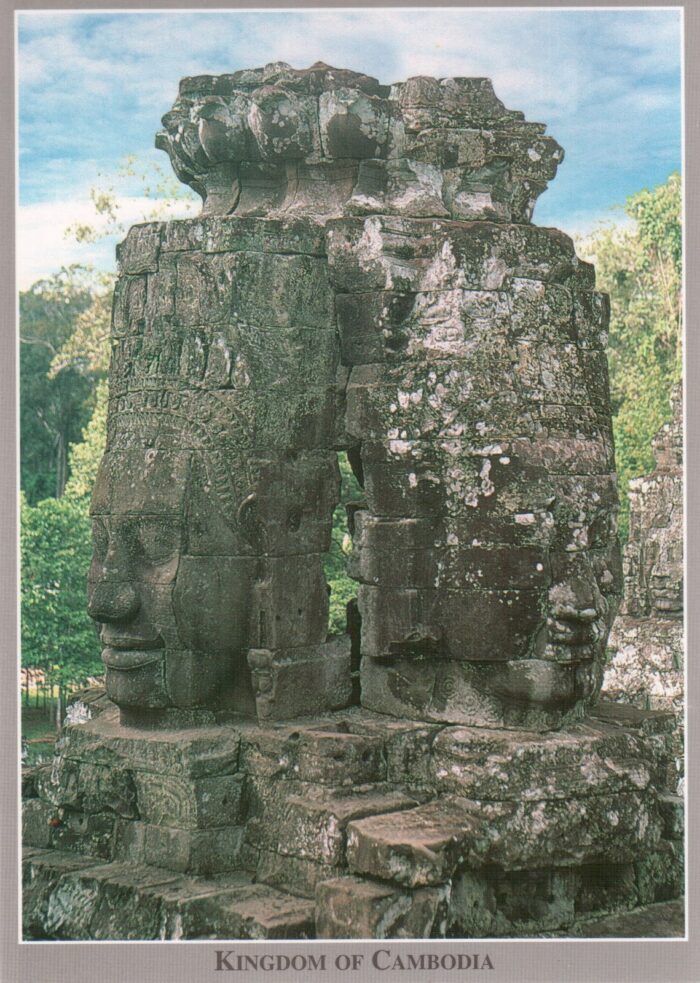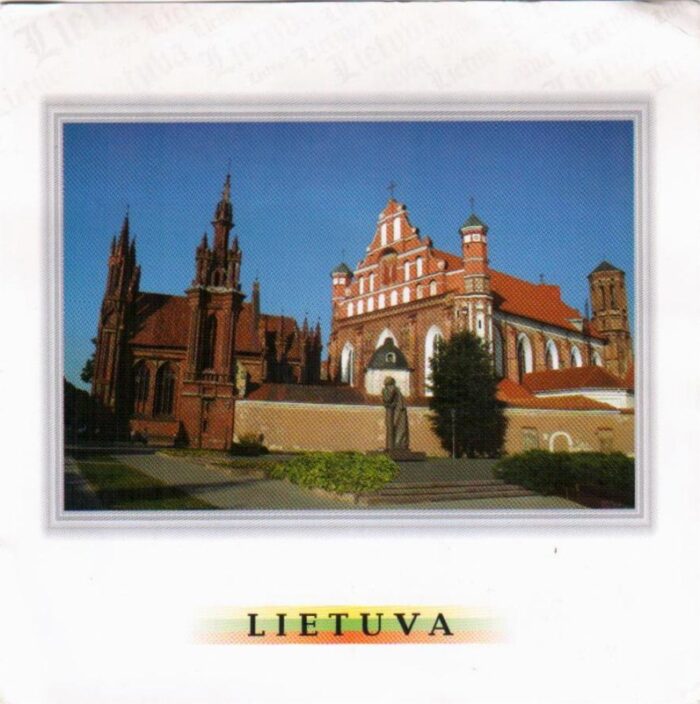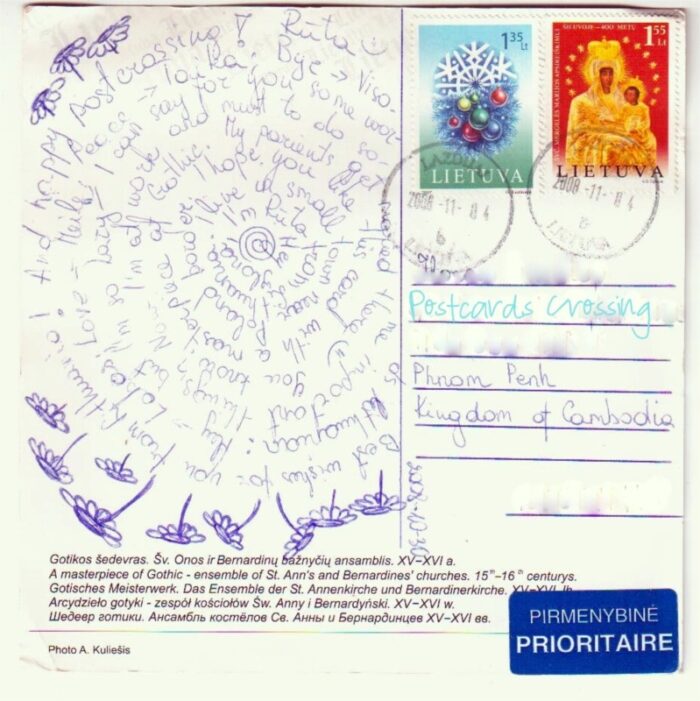This week, I’m taking you to Siem Reap, Cambodia. To a place where serenity and grandeur collide at the magnificent Bayon Temple, famous for its array of towers with smiling faces and “baroque” architecture in a Khmer context. While Angkor Wat is impressive and rightfully holds its place, Bayon remains a personal favourite for its unique charm.


The temple’s defining feature? Two hundred sixteen (216) colossal, enigmatic faces carved onto 54 sandstone towers. These serene smiles seem to gaze eternally at the horizon, each tower boasting four expressions facing different directions. It’s hard to imagine the dedication and skill required to create such a wonder, especially with the available tools they had in those times.
On my last visit, I saw a tourist mirroring the contemplative mood. He was resting against the temple wall, just beneath a tower face. On one hand, he held an unlit cigar – a nod to the intrepid explorers of old who first marveled at these ruins. With the other, he fanned himself vigorously using his Indiana Jones hat against the relentless heat. Perhaps he, like me, was simply enjoying the structures, or pondering the mysteries of Bayon. Who were these enigmatic figures? What message did the ancient builders intend? These very questions add to the temples enduring allure.






